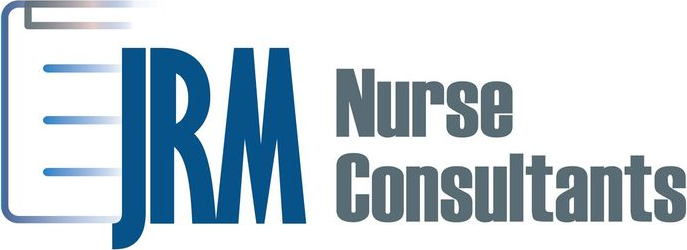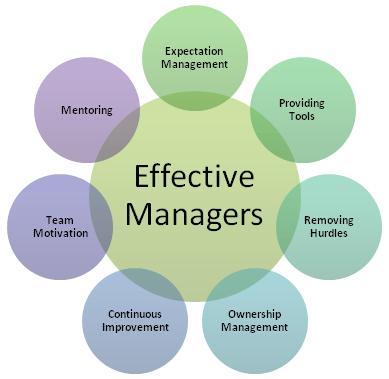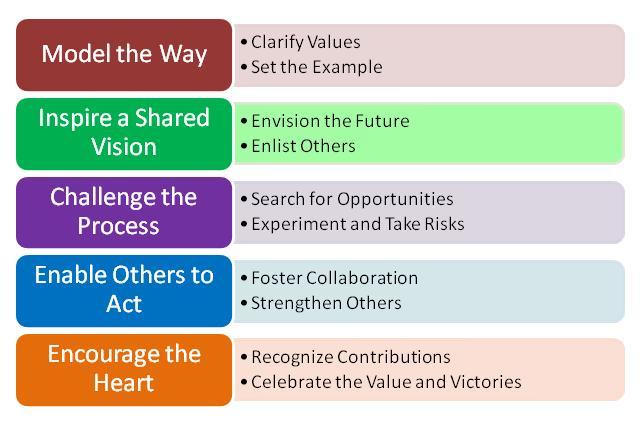Our beliefs in about different cultures and patient care should be respect. When I worked as a nurse in labor and delivery, I met parents from different socioeconomic stages and cultures. During the time that a mother would be in labor, it was interesting to see how the woman from one culture perceived pain vs another culture, as well as the role that the father played in the whole birthing process. As nurses, we may not understand everyone’s language or their culture, but we are required to use cultural competence to be able to take care of our patients. If we are too quick to judge another culture because our beliefs are different, we may not be able to objectively take care of our patient. For example, there are some religions that do not believe in blood transfusions, however, as an adult, they can sign for themselves stating that they are refusing medical treatment and they understand the medical consequences of refusing it. As nurses, our treatment of the patient and their family after refusing a transfusion should not be different. We should be respectful of their religious beliefs.
Our own beliefs as a nurse can impact a patient in many ways. For instance, if you find yourself in a Christian hospital where praying is okay with a patient and encouraged, and you feel comfortable asking the patient if they would like to pray, then you would do that. Now in the same situation, if you are a nurse that is not very religious but works in a Christian hospital and a patient asks you to pray with them, it can be very awkward for the nurse. The nurse can let the patient know that she will stay there as they pray and a warm touch of the nurse’s hand on the patient’s hand can be all the comfort that the patient needed.
When assessing a plan of care for a patient, the work situation, their lifestyle, culture, and religious preference will all affect how the plan of care is initiated. The plan of care involves the patient with his or her own patient-centered goals. These goals should be measurable and attainable. There should be an intervention as to how the patient will achieve his or her goals. In the care plan, there should be an end date as to when the goal is perceived to be completed. Lastly, at the end of the evaluation date, there will be a review to see if the client was able to fulfill his goal and how much progress they have made. If they have not fulfilled their goal, what barriers prevented them from achieving their goal? Then a new plan of care should be started so that the nurse can keep track of the goals and formulate time frames to complete the old ones that haven’t been done.
The medical model defines illness and disease as the absence of it. The World Health Organization (WHO) concentrates on social and medical wellness. In today’s world of medicine, people still run to the emergency room because they do not have a primary care doctor. Therefore, we as a culture have not adopted in full the ability to practice holistic medicine and prevention vs. treating the illness after it has happened. Holistic medicine is noted to have four components; physical, mental, social and spiritual (DeNisco & Barker, 2013).
References
DeNisco, S. M., & Barker, A. M. (Eds.). (2013). The slow march to professional practice. Advanced Practice Nursing (2nd ed., pp. 6-17). [Vital Source Bookshelf].













